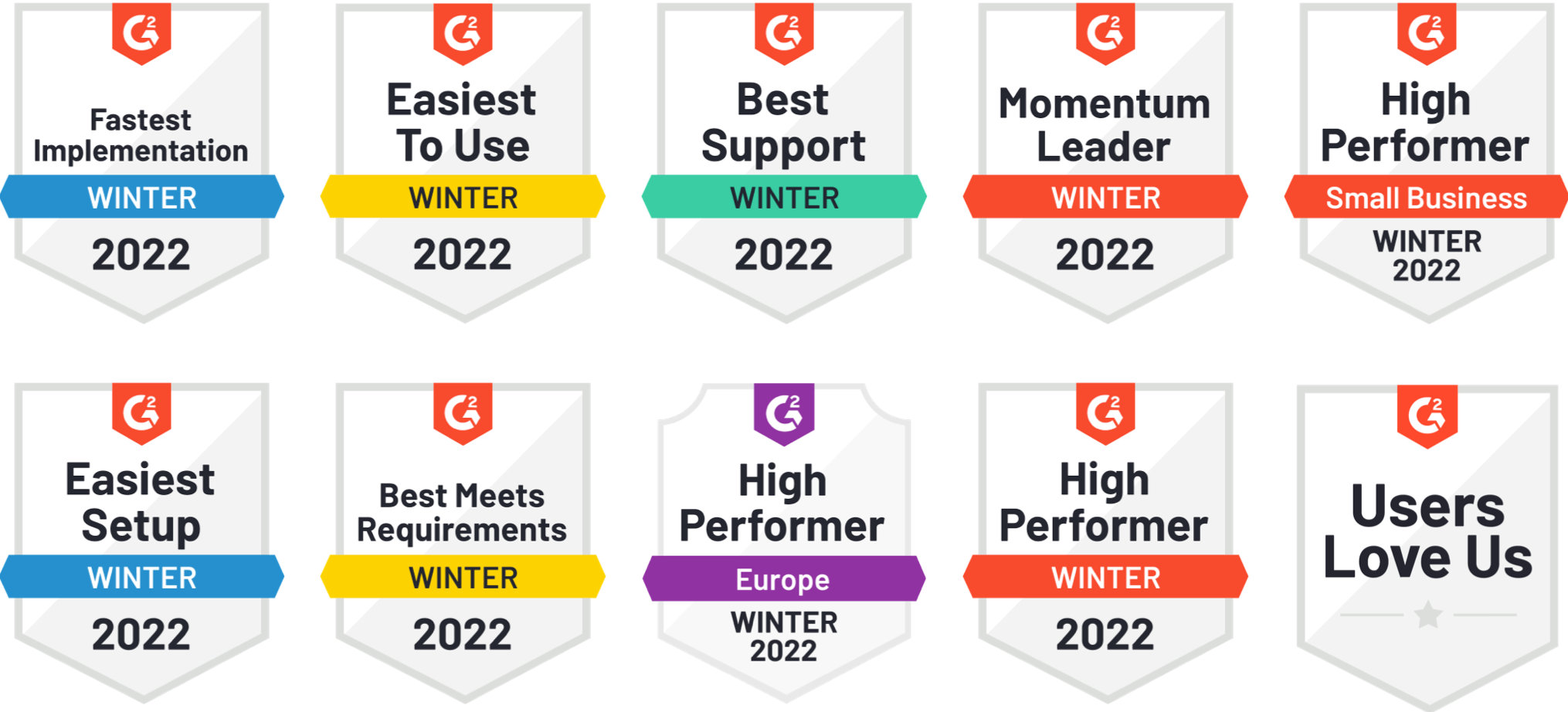2020 is just around the corner. The last ten years, the online revolution has evolved rapidly. Half the world is now connected to the internet, and cloud computing changed our way of work.
Now, a new digital decade is about to commence. Alike every year, a fair share of articles gets written about the trends expected to unfold over the next coming months. While this article is no different, we do not want to focus on voice search and Amazon hitting its stride - you’ve probably already read those predictions, or someone else will write about them.
While they are definitely happening, we want to focus on another aspect of the digital revolution. Ad tech trends that will change the world of advertising production process - and all that comes with it.
Trend #1: More video than ever
Video is arguably the most important trend in digital advertising. Not only for 2019 and 2020 but also for the years to come. Last year, we have seen Facebook experiment with in-stream video ads and video-focused TikTok expanded significantly.
But advertising with online video is not limited to social media. Network provider Cisco predicts that in 2020, roughly 80% of all internet traffic will be video. This includes watching tutorials on YouTube, but also out-stream video ads on editorial websites. According to a thorough video study by Impactbnd, marketers who use video in their online marketing, see their revenue grow 49% faster than those who do not use it.
These numbers make it easy to say that video is often the best way to get your message across, and the options for using video in your digital advertising strategy are increasing significantly. Next year, we definitely expect to see a rise in the use of in-banner video. This is basically a video playing within a display ad, and their overall performance is proven to be a lot better than display ads without video, whether it is on CTR or engagement rate.
Trend #2: The importance of (dynamic) creatives
2019 marked the 25th anniversary of the very first banner ad. Since its launch, ‘banners’ (or digital ads, as we rather call them) have developed into a mature form of advertising. But with growing up, the boredom came too. According to a study by AppNexus, 97% of all campaigns include generic creatives, showing ads that are often not relevant for the targeted audience. Digital ads started to look more and more alike, lacking relevance and losing their effect on audiences.
In the 2019 Forrester report “The Cost Of Losing Creativity”, author Jay Pattisall describes this as ‘sameness’ - all brands and their content looking exactly the same, without any distinguishing elements. He advises us to shift portions of our marketing budget to creative resources, to produce more powerful, differentiated, branded experiences. And it seems like his wake-up call is having an effect. Advertisers worldwide are strengthening their bonds with creative agencies or deciding to in-house the creative process. Producing outstanding, creatives is finally becoming a top-priority again.
Subsequently, people are also starting to see the importance of personalized (dynamic) creatives. According to an Instapage study, 80% of all consumers say they are more likely to buy from a company that offers personalized experiences. By 2020, 51% of consumers even expect that companies anticipate on their needs and make relevant suggestions before they make contact. Because of these outlooks, more time is made available for brainstorming, concepting, creating and scaling ads. Even analyzing performance and optimizing from there on slowly becomes a habit.
And we fully support it.
Trend #3: First-party data is your friend
Personalized, dynamic creatives require a smart retargeting strategy. For this, you need data. Understanding, collecting and storing first-party data (all the information that you can withdraw from your customers) is very costly and time-consuming. Therefore, a lot of advertisers used third-party data instead.
Quite recently, third-party data got contaminated. Most data turned out to be collected without the users’ knowledge or consent. Regulatory initiatives such as the European GDPR and the California Consumer Privacy Act of 2018 reinstated the importance of first-party data. As a result, data is again harder to collect and due to its expiry date, it has to be renewed often.
But what seemed to be the advertiser’s failure, turns out to be its fortune instead. While the amount of data has decreased, the quality has increased tremendously. Users who agree to you collecting their data are more likely to be interested in your offer and are therefore more relevant to target later on. There are also several clever ways to make use of your newly collected first-party data, such as reaching customers across devices and determining optimal frequency and avoiding overexposure.
If you want a deep-dive in how you can get creative with first-party data, read more here.
Trend #4: Programmatic increases, as does DOOH
Traditionally, TV and out-of-home advertisements were purchased in advance and planned according to predetermined criteria and conditions. But over the last few years, we have seen programmatic make an uprise. Now, media buyers do not only base their decision on availability and price, but also on location data and user’s behavior.
In programmatic advertising, (real-time) data influences the entire process. It also offers us a lot of leverage when it comes to new advertising channels and strategies. Generic TVC’s will be used less and less, while programmatic commercials will make their way into our living rooms.
Programmatic is also one of the main reasons digital-out-of-home advertising keeps increasing. According to the IAB, the DOOH market share increased with 90% over 2018.
Its strong suit comes from mobile location data. Today’s consumers are always “on the go” and use their mobile phones to navigate through life. When we combine DOOH with location data it provides, consumers can suddenly be targeted on their way home or near their favorite store. It becomes an extension from their online to the offline world, something that can drive conversions a lot faster.
But be wary. Since consumers in 2020 can see so many ads on so many channels, your message could easily disperse. Always make sure your branding is congruent across channels, and your message is consistent throughout a campaign.
Trend #5: Hybrid in-housing is the future
While most advertisers are starting to see the importance of creatives, they also try to find new and better ways to work. In-housing is often considered to be cost effective. ROI attribution, better audience targeting and campaign effectiveness are the top three objectives to switch to in-housing, according to the Interactive Advertising Bureau (IAB) in 2018. In the same year, a report by the Association of National Advertisers (ANA) even showed that in-house has become trended upward, as 35% of brands surveyed had reduced the role of external agencies.
This doesn’t mean the entire advertising process is in-house. Hybrid in-housing is prevalent here: 47% of brands have partially moved advertising functions in house. This means they are outsourcing tasks to media agencies or other partners, such as Demand Sided Platforms (DSP’s) or Creative Management Platforms (CMP’s).
Combining the forces of agencies, advertisers and other partners will ultimately lead to shared knowledge and a streamlined workflow. We expect that 2020 will show even more ‘advertising xenogamy’ - as we believe it is the best of both worlds.
Wrapping up
2019 has come to an end, and so has our prediction of trends for the year to come. Some will roll out quickly, others will take a little bit more time.
Even if you feel you are not ready to in-house your advertising completely, or you don’t see the point of video in your branding strategy just yet, we hope you always have an open mind towards new developments. Since change and innovation are inherent to the digital advertising industry, things will never stay the same for long here.
Just embrace the future, let 2020 commence!

